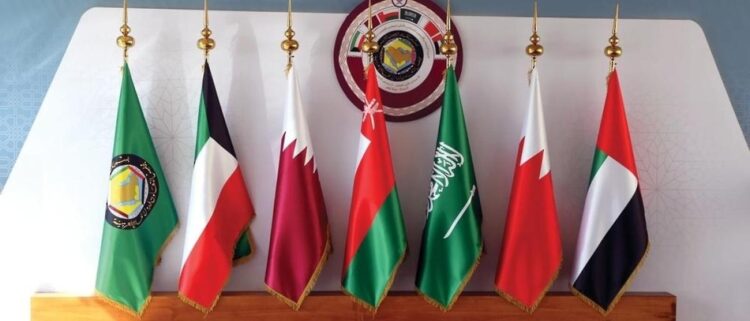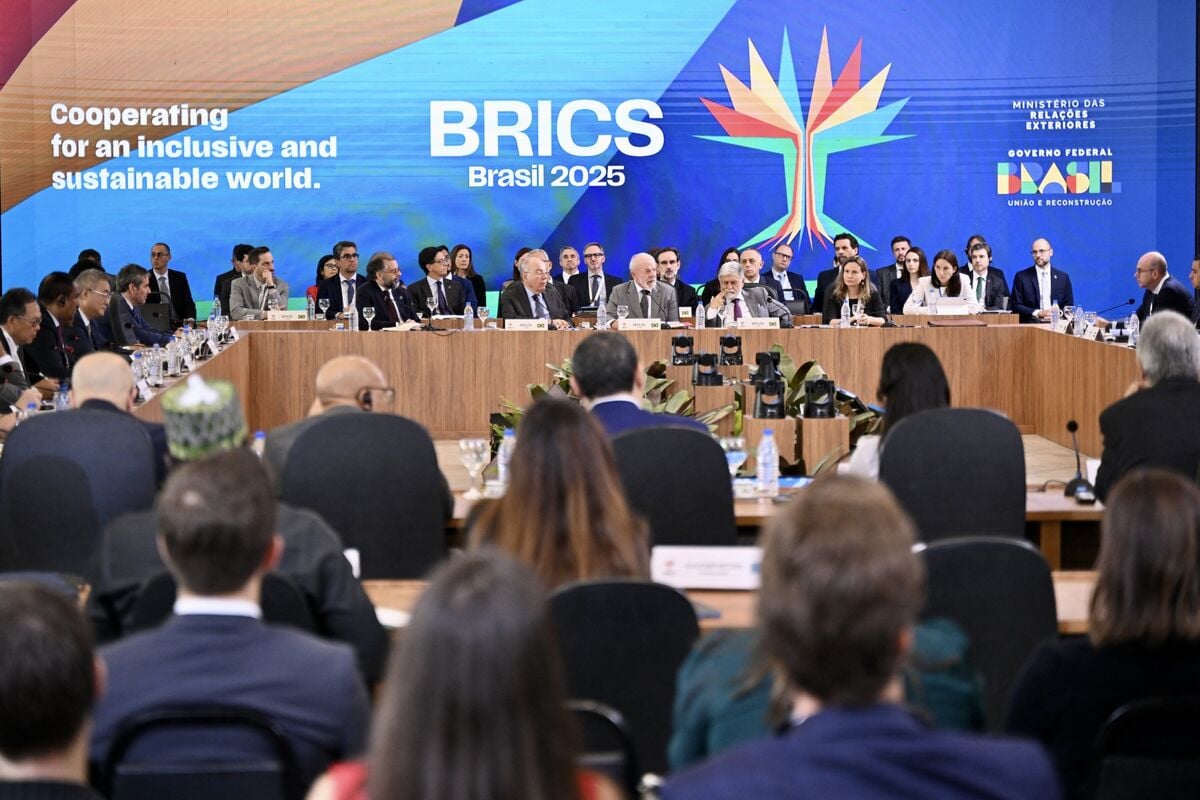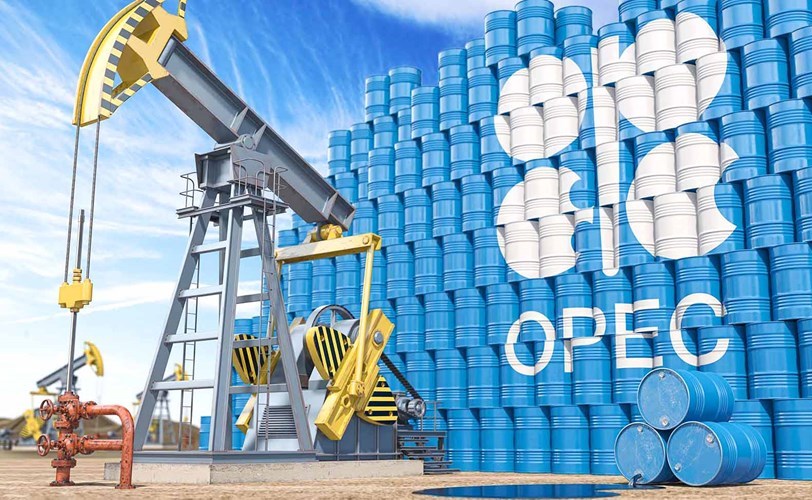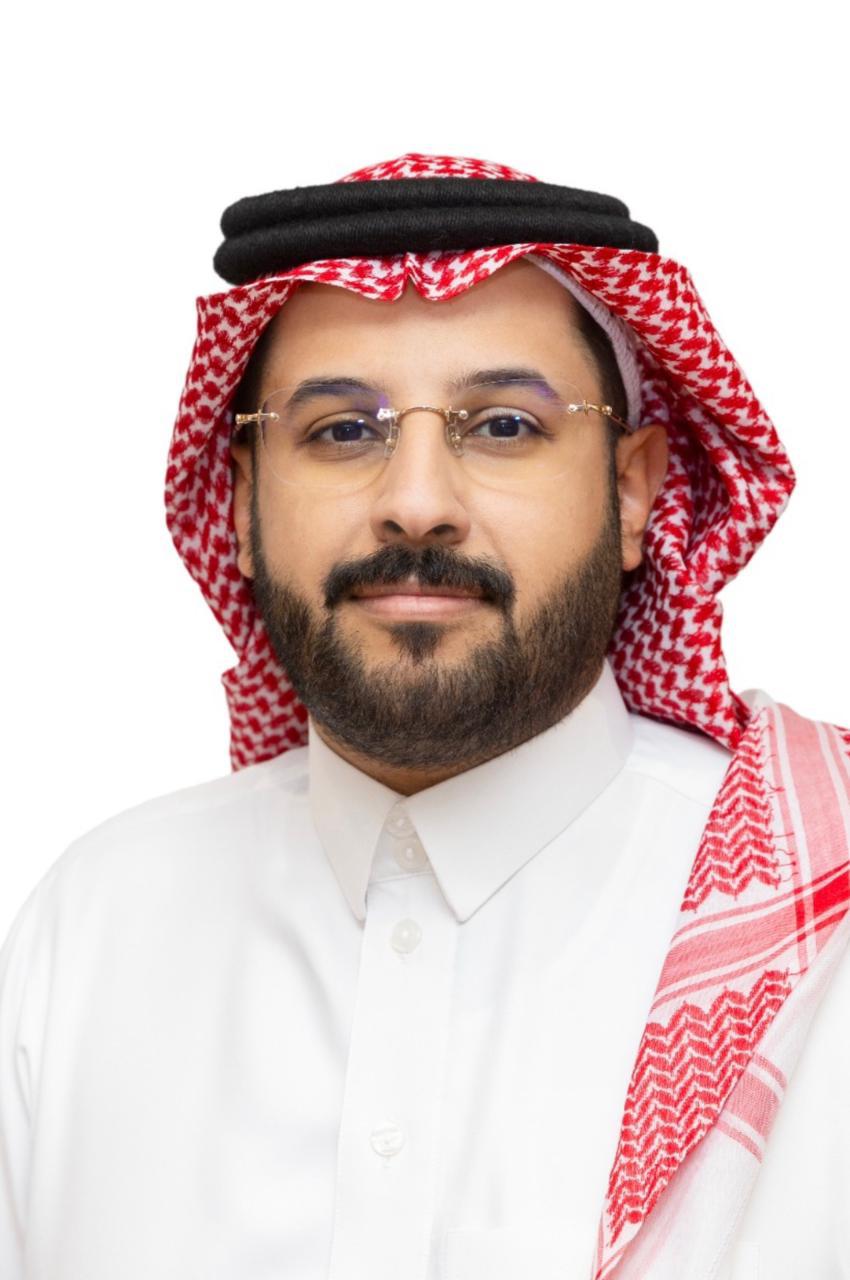Publisher: Maaal International Media Company
License: 465734
Official foreign reserves in Gulf countries reach $804.1 by the end of H1, 2024
اقرأ المزيد
The total financial reserve assets in the Gulf Cooperation Council countries amounted to $804.1 billion by the end of the first half of 2024, with a growth rate of 7.5% compared to the end of the previous year.
Statistics issued by the Statistical Center for the Cooperation Council for the Arab States of the Gulf showed that these reserves constituted 4.9% of the global total, as the GCC ranked fifth in terms of the size of international reserve assets after China, the European Union, Japan and Switzerland.
The center’s data attributed this growth to the increase in oil revenues, as the average price of a barrel of Brent crude during the first half of 2024 reached about $84, which in turn constitutes the largest portion of the financial resources of the Council countries, in addition to the rise in the prices of financial assets in global markets. The Gulf Statistical Center indicated that the total assets of commercial banks operating in the Cooperation Council at the end of the first half of 2024 amounted to about $4.3 trillion, an increase of 8.4% compared to the total assets recorded at the end of 2023. Foreign reserve assets include monetary gold, special drawing rights, reserves with the International Monetary Fund and foreign currency, in addition to deposits and securities investments abroad. The center’s data also indicates that bank deposits with commercial banks operating in the GCC rose to about two trillion dollars by the end of the first half of 2024, which is the highest level of bank deposits in the history of the Gulf banking sector, with an increase of 6.2% compared to its size at the end of 2023, and about 9.9% compared to the first half of 2023. The total loans provided by commercial banks operating in the GCC countries by the end of the first half of 2024 amounted to about $1.966 billion, an increase of 8.3% compared to its size at the end of the first half of 2023, and about 5.1% compared to its size at the end of 2023.
The percentage of loans directed to the private sector at the level of the Cooperation Council bloc reached 81.1 percent.
On the other hand, the money supply in the GCC countries has increased significantly over the past few years, as the size of the money supply in its narrow sense, which consists of demand deposits that an individual can withdraw from the bank without prior notice and cash in circulation outside banks, i.e. cash held by the public, reached about $781 billion by the end of the first half of 2024, an increase of 2.7% compared to the end of 2023, while the size of the money supply in its broad sense, which includes Narrow money supply plus quasi-cash deposits such as time deposits and savings deposits in local and foreign currency, about $1.705 billion, up by 5.8 percent.
The increase in money supply came as a result of the growth of all its components, as cash in circulation outside banks and demand deposits increased by the end of the first half of 2024 by 7.4% and 7.2% respectively compared to the end of 2023.
Quasi-cash deposits (time savings) also increased by 4.6% during the same period.
Quasi-cash deposits accounted for about 54.1% of the money supply, while demand deposits contributed about 39.4% and cash in circulation outside banks contributed the remaining percentage.









